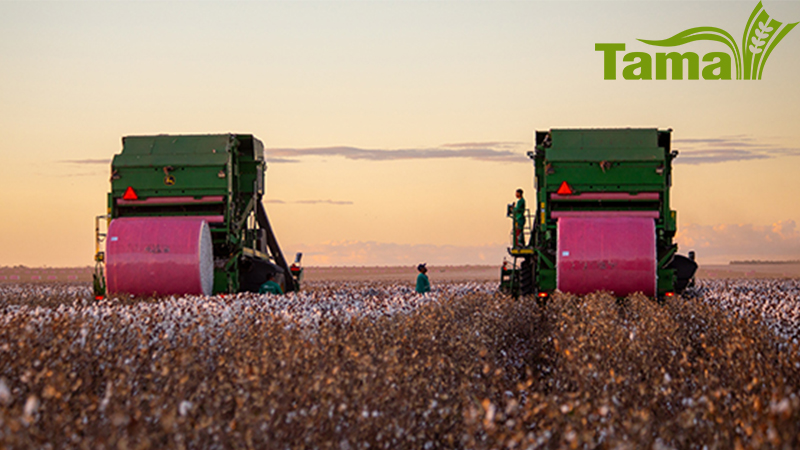2015: The Year in Precision Agriculture

From the Cotton Grower 2015 Annual
BY DRS. ED BARNES AND KATER HAKE
Cotton Incorporated
and
JESSE DAYSTAR
Duke University
The 2015 season saw a continued increase in cotton farmers’ adoption of precision ag technologies, and data from the recently-completed 2015 Natural Resource Survey show that was a good decision. Consistently lower cotton prices in 2015 further reinforced the importance of using no more inputs than necessary.
To better understand the benefits of precision technologies to cotton farmers (among several other objectives), in 2015 Cotton Incorporated and the Cotton Board, with help from Bellomy Research, conducted an extensive survey of U.S. cotton producers. Analysis of survey responses indicated an advantage to producers who have adopted a precision management system.
A similar survey was conducted in 2008, thereby allowing examination of trends over the last seven years. For example, the survey data indicates that from 2008 to 2015, yield monitoring increased from 11% to 20%, and auto-steer with GPS guidance systems use increased from 46% to 69%. Grid soil sampling use was not surveyed in 2008; however, 46% of the respondents in 2015 indicated its use. Overall adoption of precision technologies has been on a steady increase for the last 15 years based on data from this and other surveys, increasing from 23% to 84% of producers using at least one precision technology from 2001 to 2015, respectively.
The adoption of precision agriculture can require significant financial investment; however, the investment can reduce direct growing expenses and could also increase field productivity. In every region, the growers using a yield monitor reported higher cotton yields. Similar trends were seen for other precision technology adoptions such as imaging, soil sampling for fertilizer rates, and GPS use. It is important to note that the use of precision agriculture may not be solely responsible for the increased yield; however, these results suggest that the adoption of these new technologies could have a positive effect on cotton yield. Furthermore, it was determined that in irrigated fields, producers who used irrigation scheduling programs and/or monitored soil moisture levels had higher water use efficiency (got more cotton per inch of irrigation applied) and had higher yields than those who did not.
These results have two broad implications. First, there is a clear benefit to increasing precision technology adoption. Secondly, these data support the message of Cotton LEADS that U.S. producers’ investment in technology has led to more efficient and responsible cotton production systems. Looking forward, with the increased use of precision agriculture technology and resulting resource use efficiency increases, less material inputs will be required to grow cotton, resulting in reduced input costs and lower impacts to the environment.









